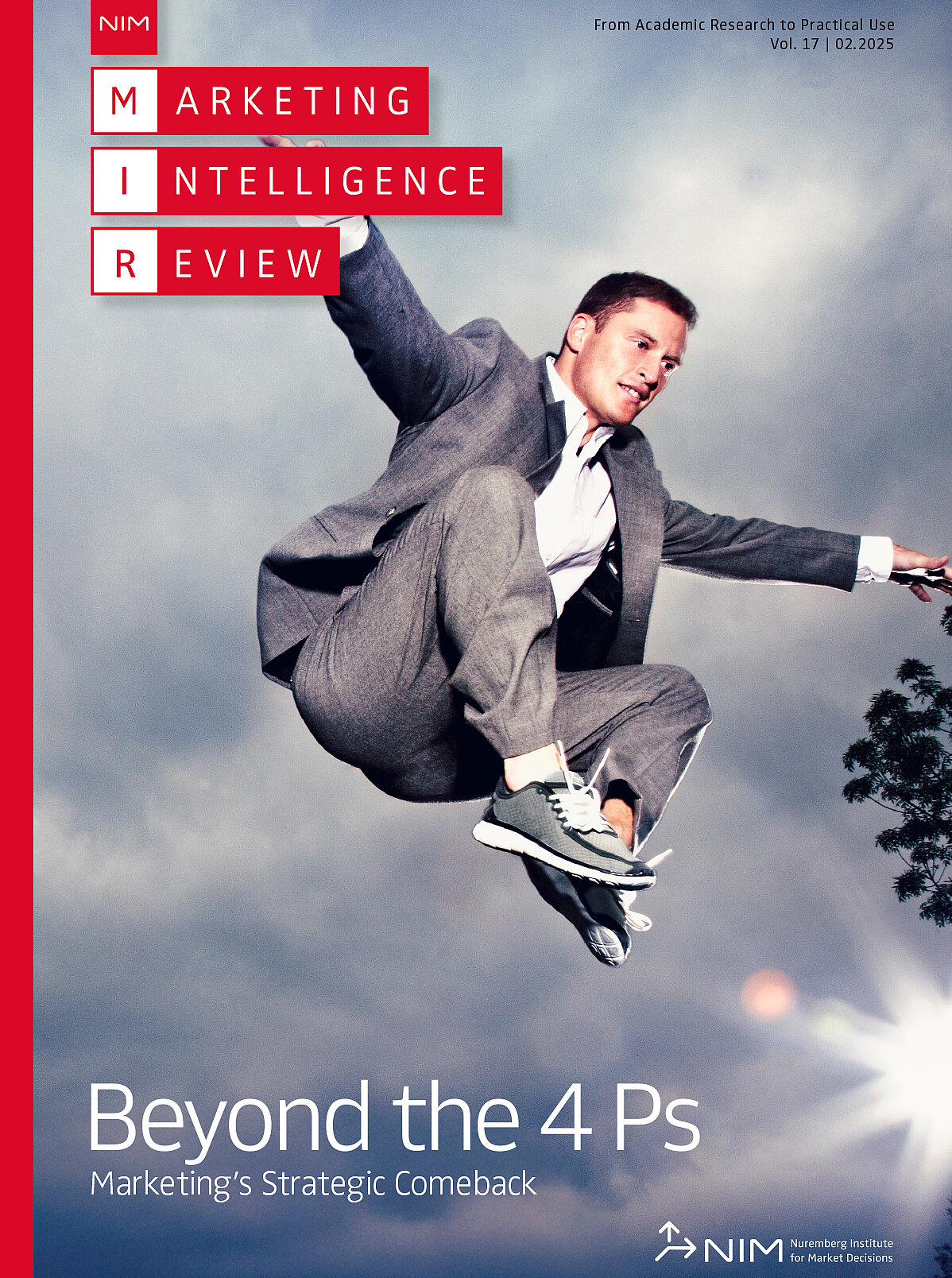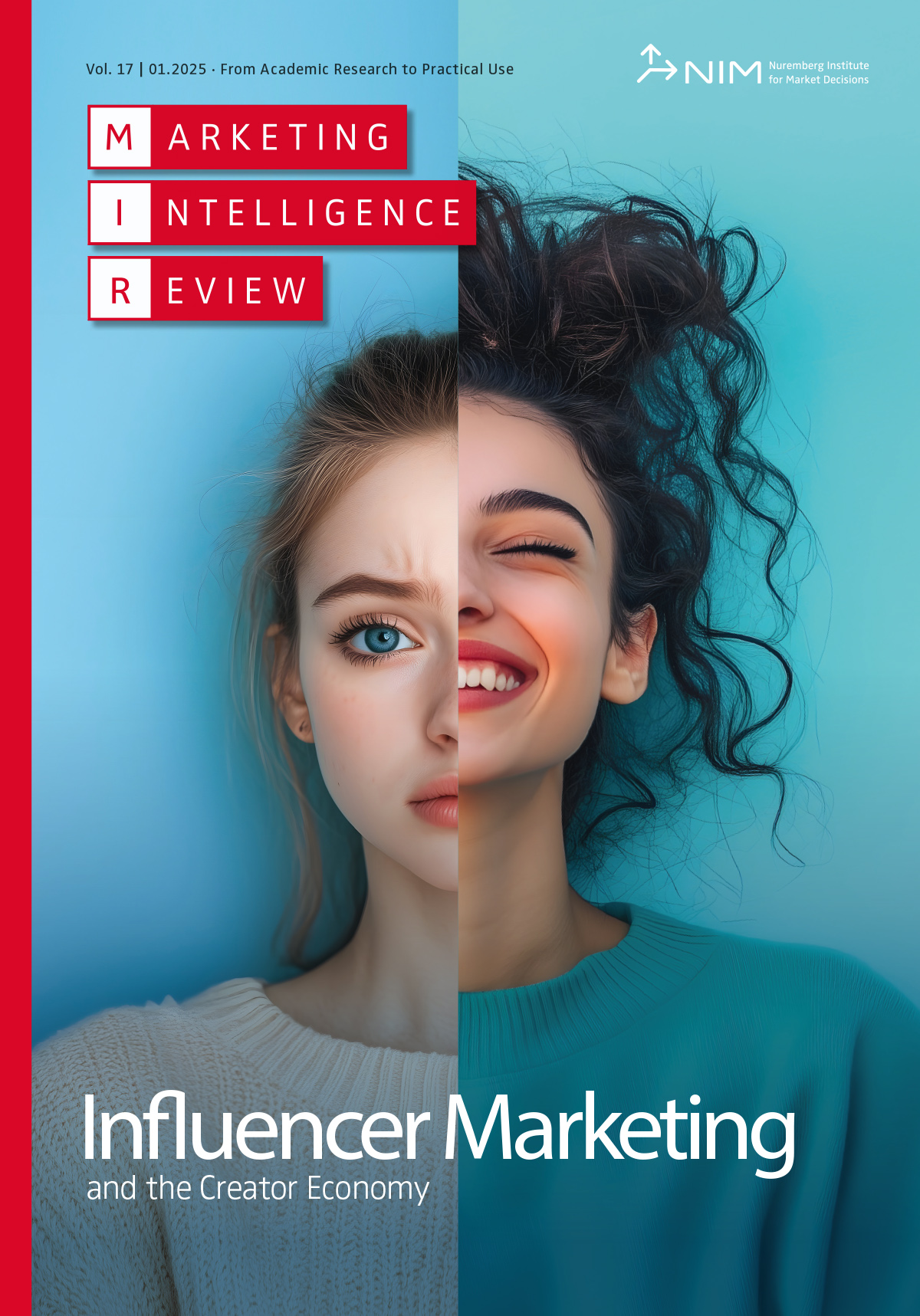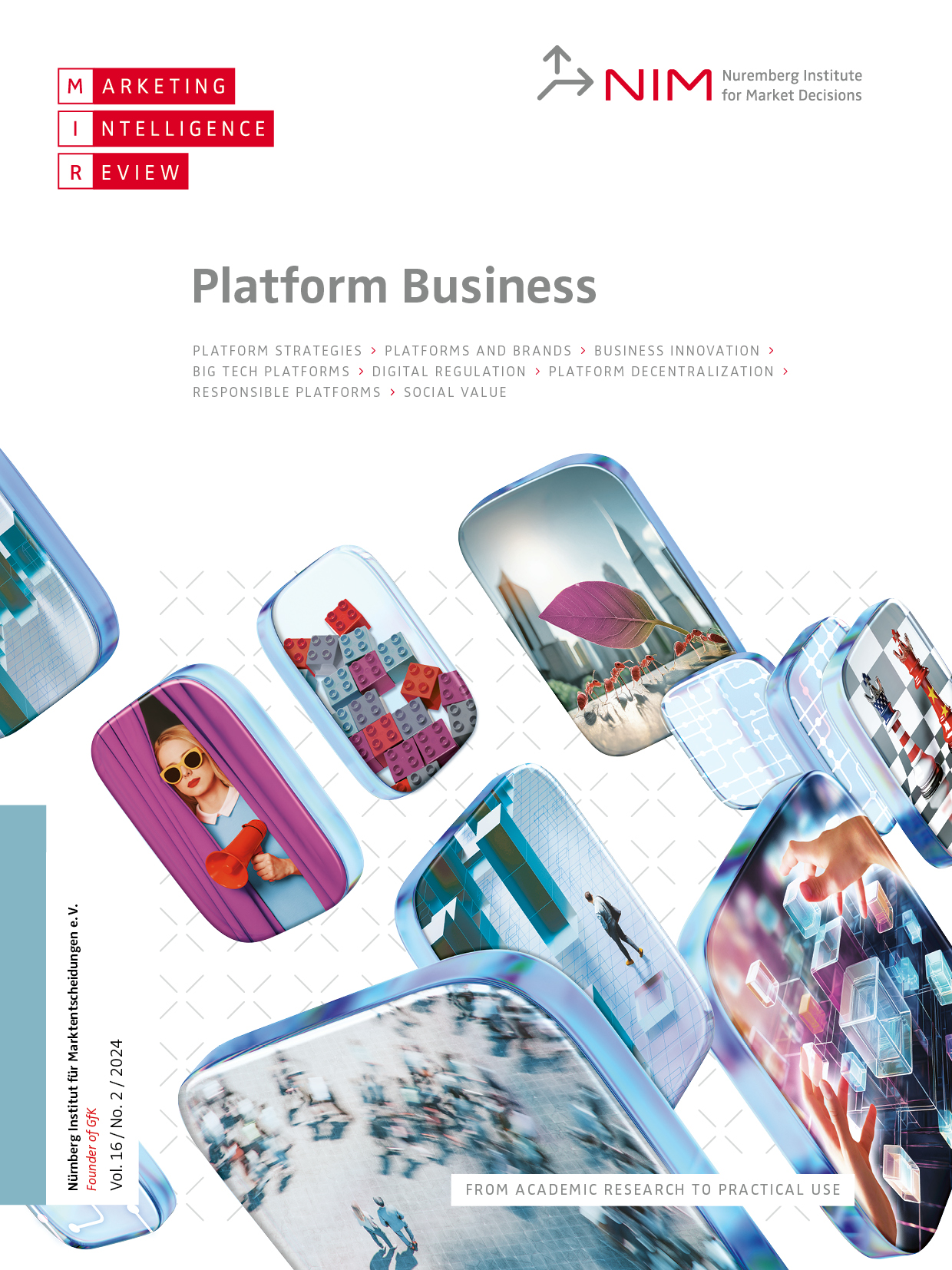Don’t Get Eaten! Understanding and Handling Cannibalization Risk
Charlotte Mason and Kaushik Jayaram
To minimize the potential loss of market share and profits, it is important to understand factors that drive cannibalization. Key brand variables for cannibalization risk concern how the new product compares in price and quality to existing products. Other relevant variables are the category, the type of product and a company’s distribution system. Also, whether a new product will coexist with or replace the existing product needs to be considered.
Estimating cannibalization risk should assess possible effects on company operations. The positioning of new products needs to be planned and communicated carefully. Too many similar options may confuse the consumer. Brand and category factors as well as the consumption context can help managers mitigate the extent of cannibalization. Profit impact is more relevant than changes in sales figures. A lower-margin product cannibalizing a higher-margin product eats away at profits, but a higher-margin product cannibalizing a lower-margin one is potentially worth the cannibalization risk.
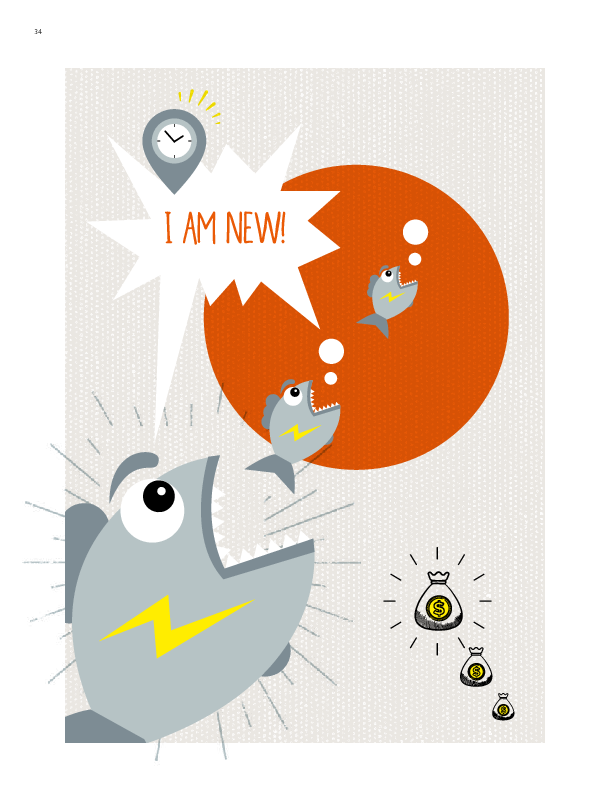
![[Translate to English:] [Translate to English:]](/fileadmin/_processed_/5/c/csm_2018_gfk_mir_brand_risk_matters_eng_Kap1_beb2b78fb6.png)
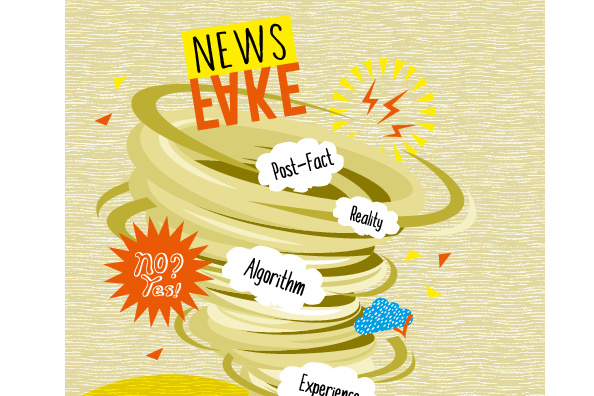
![[Translate to English:] [Translate to English:]](/fileadmin/_processed_/f/c/csm_walker_vol_10_no_1_deutsch_a7ffbc6e15.png)
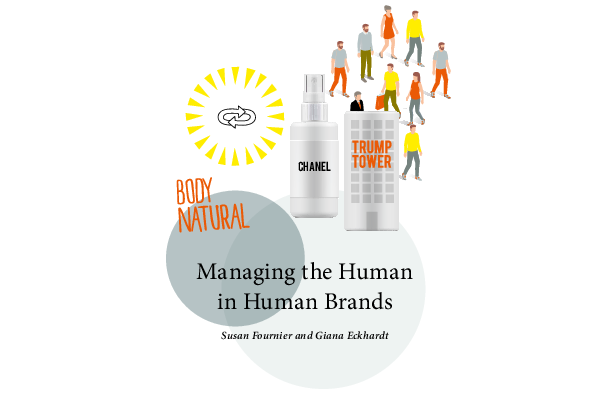
![[Translate to English:] [Translate to English:]](/fileadmin/_processed_/9/d/csm_monga_hsu_vol_10_no_1_deutsch_16af7fb030.png)
![[Translate to English:] [Translate to English:]](/fileadmin/_processed_/9/e/csm_fischer_ea_vol_10_no_1_deutsch_49d6278aab.png)
![[Translate to English:] [Translate to English:]](/fileadmin/_processed_/7/7/csm_2018_gfk_mir_brand_risk_matters_eng_Kap7_b1292c0e7b.png)
![[Translate to English:] [Translate to English:]](/fileadmin/_processed_/1/a/csm_2018_gfk_mir_brand_risk_matters_eng_Kap8_867b15d70e.png)
